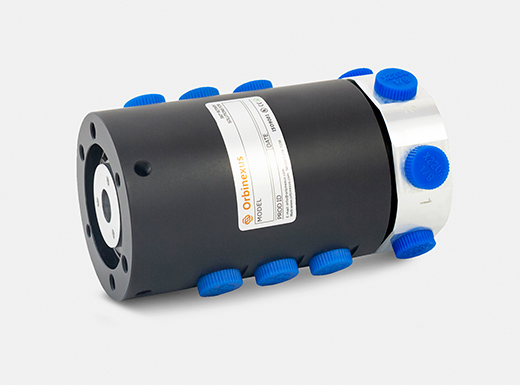Rotary Unions
What is a Rotary Union?
The rotary union is also known as a rotating joint, rotary couplings, rotary swivels,
or even fluid rotary union, besides a couple of other names which can be confusing.
A rotary union is a joint that actually acts as a seal between a stationary part and
a rotating part of the device or a machine.But besides that,
the rotary union also helps supply the flow of fluid inside or outside a rotating part on a device.
Rotary union is a very small device that looks simple on the outside and yet the way
it’s built on the inside matters as it connects stationary with a rotational part in a machine (or a device).
Therefore, the rotary union can be considered a 2-in-1 device that acts as a joint in a machine.
 Pay Online
Pay Online Get A
Quote
Get A
Quote




